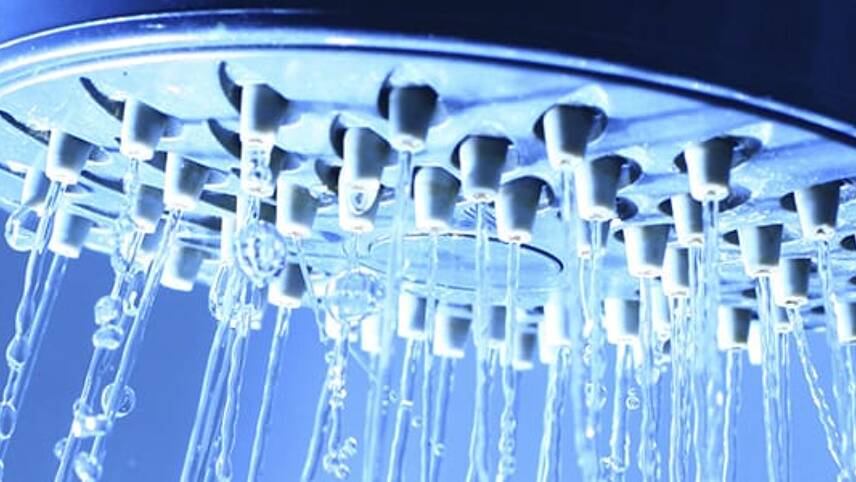Member only content free until 26/05/2024
To continue reading this article and enjoying free access to all Utility Week’s content up to the 26/05/2024 Register today!
Ready to become a member?

The introduction of mandatory water labelling has moved a step closer with the long-awaited government consultation on approaches for the scheme, which will contribute to meeting water demand targets.
The paper, published by the Department of Environment, Food and Rural Affairs, suggested a standalone label for water products and a dual water and energy label for appliances already covered by energy labelling.
Water companies and organisations promoting water efficiency have long campaigned for a mandatory label to be introduced to help households lower their consumption and the idea was included in the Environment Act.
Similar to the familiar energy rating labels, a water efficiency label could offer information at the point of purchase about how much water a product uses. The consultation specified the label would cover high consuming goods: toilets, urinals, kitchen sink taps, bathroom basin taps, non-electric shower outlet devices and shower assembly solutions, dishwashers, washing machines and combination washer-dryers.
Defra anticipated the scheme to cost government £4.1 million over a ten year period and manufacturers around £19.1 million in the same period with no costs expected for consumers.
It said introducing a mandatory target would support meeting the water demand target to avoid future deficits, which Defra valued at £875 million in present value terms to 2037, and £3,340 million to 2100 through the avoidance of new supply schemes.
It added the label could help reduce water bills by £125 million and energy bills by £147 million over 10 years based on 2019 prices.
Defra said the label should follow ISO standards for plumbing products and water consuming appliances in line with the current voluntary label, which Defra said should decrease costs for businesses and manufacturers.
 The proposed design includes brand and model information, and a rating scale based on how much water per minute is consumed.
The proposed design includes brand and model information, and a rating scale based on how much water per minute is consumed.
The consultation also suggested the option of including the amount of energy necessary to heat water for non-electric showers and taps.
Defra added it may consider adding a maximum flow rate for products after five years of the water label, with revisions to tighten that rate at years eight and eleven. This was based on suggestion made by the Energy Savings Trust, which highlighted the benefits a label linked to building regulations and minimum standards, including maximum flow rate for products, could bring as the most cost-effective approach to boosting efficiency.




Please login or Register to leave a comment.